After graduating from Massachusetts College of Art in Boston (1981), I studied at the New England School of Art and Design, also in Boston, and created designs for a number of companies. During this time, I continued to paint, and began exhibiting my work in 1998. Focusing all my attention on fine art has allowed me to live art every waking and often dreaming moment.
I have been an activist throughout my life, lobbying and speaking publicly about women’s issues and raising awareness of the particular problems of rape/incest victims.
In addition to membership in the National Association of Women Artists (U.S.), I am also a member of the International Women’s Caucus for Art. My poetry has been published in numerous magazines and literary journals.
The inspiration for my abstractions is female imagery, which to me expresses strength and vulnerability, power, mystery, and creative potential. This imagery is everywhere, in the natural and human-made world, and is often overlooked. Nearly everything I see, especially in nature, urges me to explore more and more avenues in my work.
Creating art gives me the freedom to express myself personally, politically, and socially; the various media I employ transcend cultural and linguistic barriers.
I always have a firm idea of what a piece will look like before I begin. As the work evolves, it may influence me toward a slightly different direction, but the final result is close to or exactly what I had envisioned.
My creations are my daughters, each with her own personality wild, whimsical, cunning, defiant, hopeful but never, never indifferent.
Intro text by Elaine Alibrandi
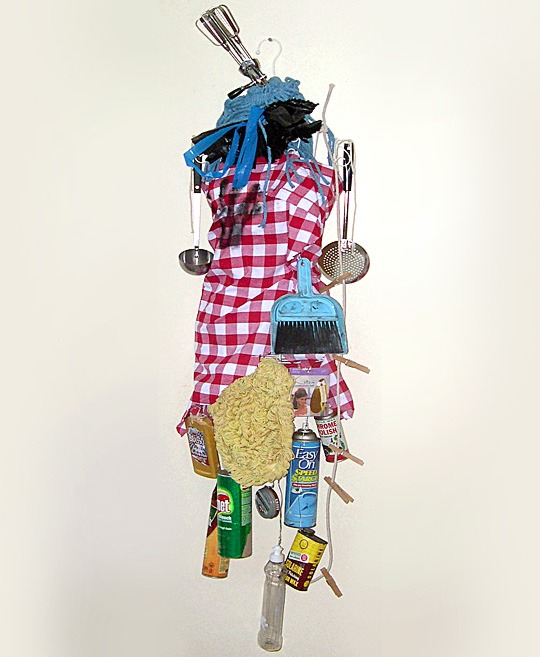
Exposed to ideas
TextileArtist.org: What initially captured your imagination about textile art?
My very first gallery show included three textile artists whose work shattered my idea of what textile art could be. One of the pieces on display was a fabric shoe completely covered with sea glass. I loved that combination of media.
What or who were your early influences and how has your life/upbringing influenced your work?
My influences were Remedios Varo, Käthe Kollwitz, Paula Modersohn-Becker. German Expressionism as a whole had a great impact on me. Being a docent at Judy Chicago’s The Dinner Party when it came to Boston in 1980 really opened my eyes to the possibilities of various media. Not only did the exhibit show me what could be done in an installation, but it also educated me in women’s history. There were facts and bios up on the walls around the triangular dinner table about women whose accomplishments had been systematically ignored in history. That made me realize how much I had to learn on my own.
What was your route to becoming an artist?
Massachusetts College of Art. The school in the late 1970s exposed me to ideas I had never encountered, and I absorbed everything like a thirsty sponge. When I first began my studies there as a kid of 17, it was as though my psyche let out one huge sigh of relief and then shouted, “Finally!”
Creative possibilities
What is your chosen medium and what are your techniques?
I started out as a painter, but I was fascinated by the canvas itself: its weave, the way it felt on my hands, its magnification under a drop of water, the fraying of its fibers when it was cut or ripped. That was when I began to slice canvas. I learned how to manipulate which way it would curve when primed in different ways with gesso. After that, I began adding mixed media such as wood, stones, cloth, soil, sawdust, sea sponges, hair, you name it. Gesso holds anything in place, and I often use it by itself to add texture to a piece.
My clothing pieces are either wall-hung works or freestanding ones with other media attached. There is something very evocative about clothing when it’s not being worn. It has a presence that, when it is worn, fuses with the wearer, but when unworn, suggests creative possibilities to me. Just putting paint in a strategic place or adding certain media or props to clothing allows it to tell a story or depict a situation.
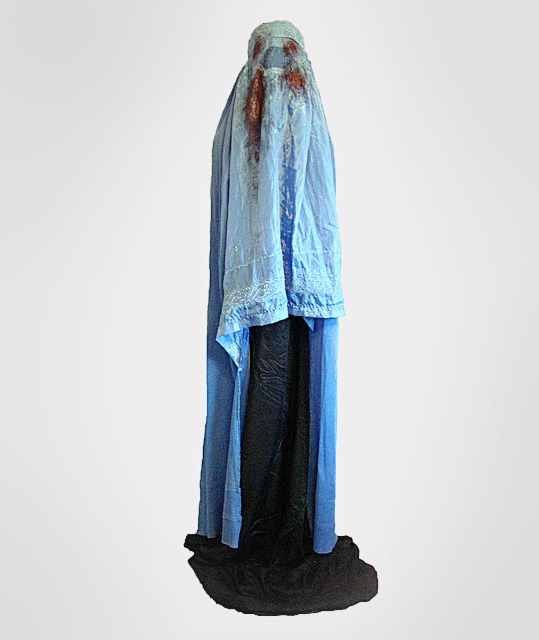
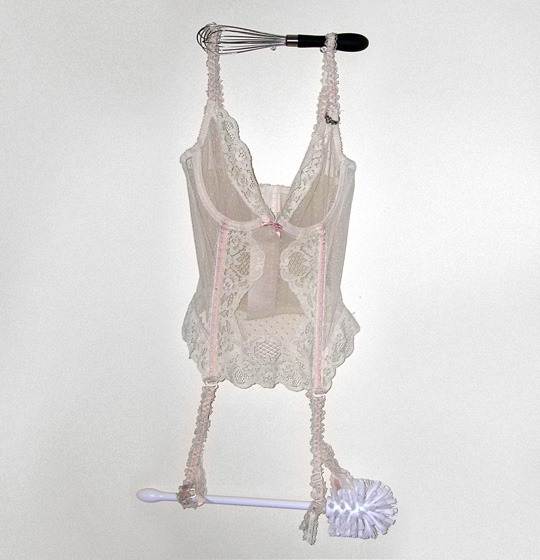
How would you describe your work and where do you think it fits within the sphere of contemporary art?
I would describe my work as expressive of myself. It’s very unsettling, sometimes, to see that a piece I just finished is simply a disguised self-portrait.
Some of my work is overtly feminist, if by “feminist” one means human rights for women. Much of my art reveals details about my personal history that some would prefer I kept hidden. However, silence perpetuates and exacerbates most problems. If some people are uncomfortable seeing or hearing about them, imagine how it felt to experience them.

I want to show people stories, because I’m not as adept at telling stories in words as I am with using images. For example, my piece titled An Afternoon in Somaliaor Kenyaor Sudanor is upsetting to many people, but it’s the truth. This happens every day, and it is cruel and ugly. But it wouldn’t be as powerful if I talked about the cruelty and ugliness in words.

Rarely do I ever think about where my work fits in the realm of contemporary art. I suppose that’s for others to decide. If anyone out there knows, please tell me!
For more information please visit:
www.elainealibrandi.net
Elaine’s Behance page
Elaine’s Year in Review 2013
If you’ve enjoyed Part One of this fascinating interview with Elaine Alibrandi why not leave a comment below and be sure to check back soon for Part Two
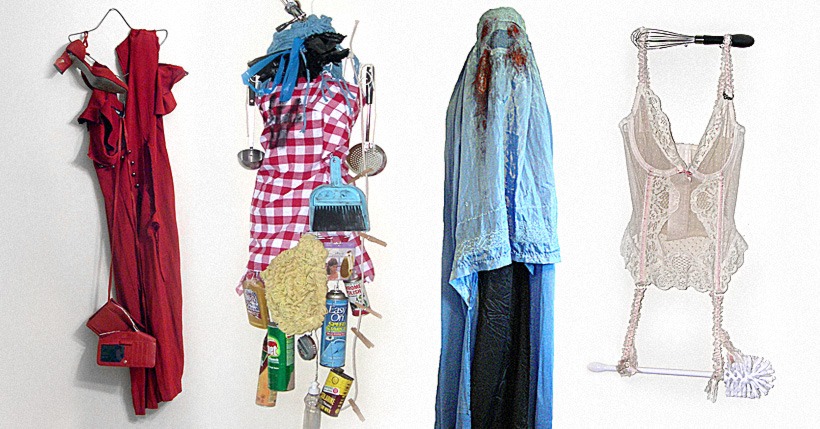
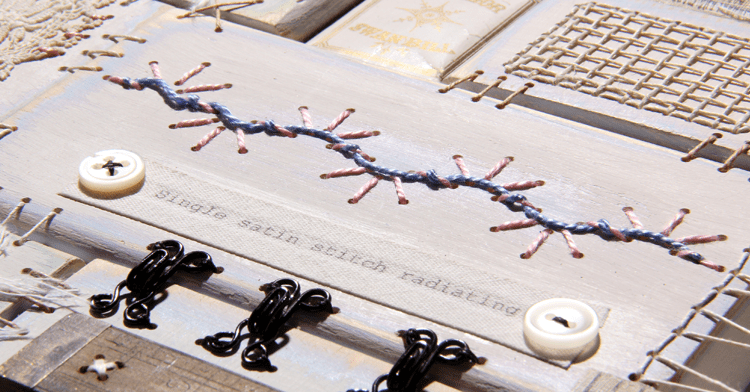
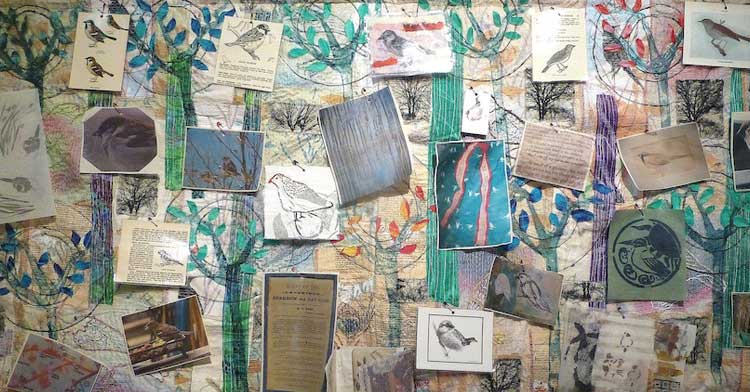
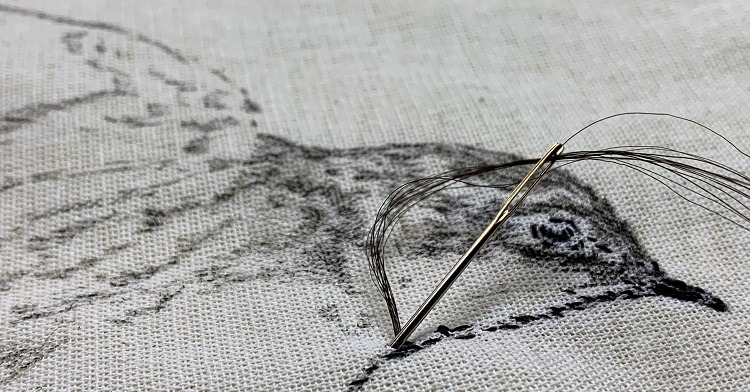
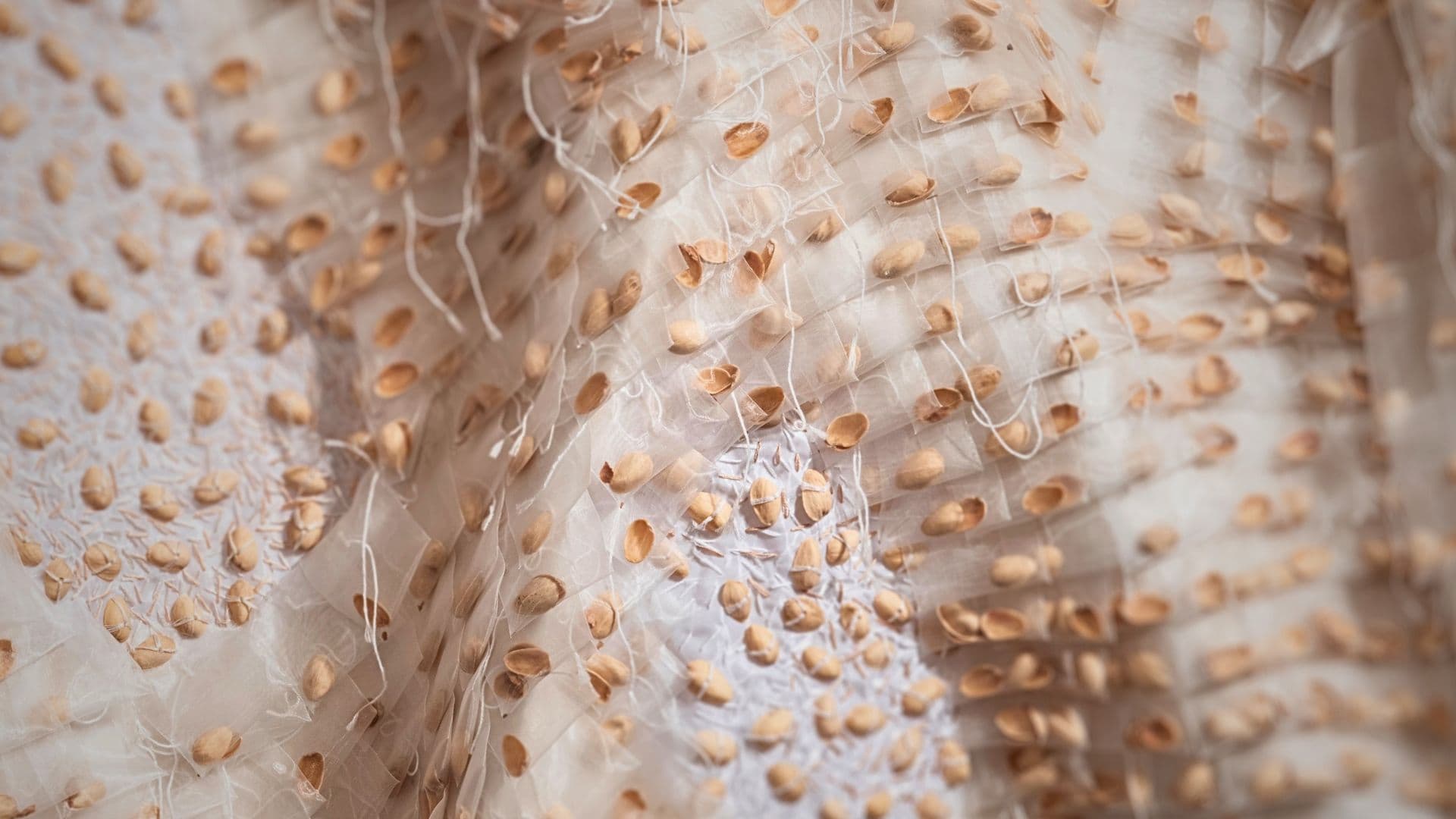
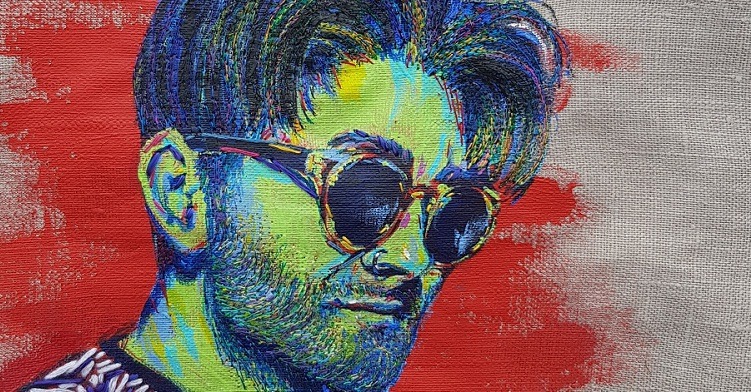
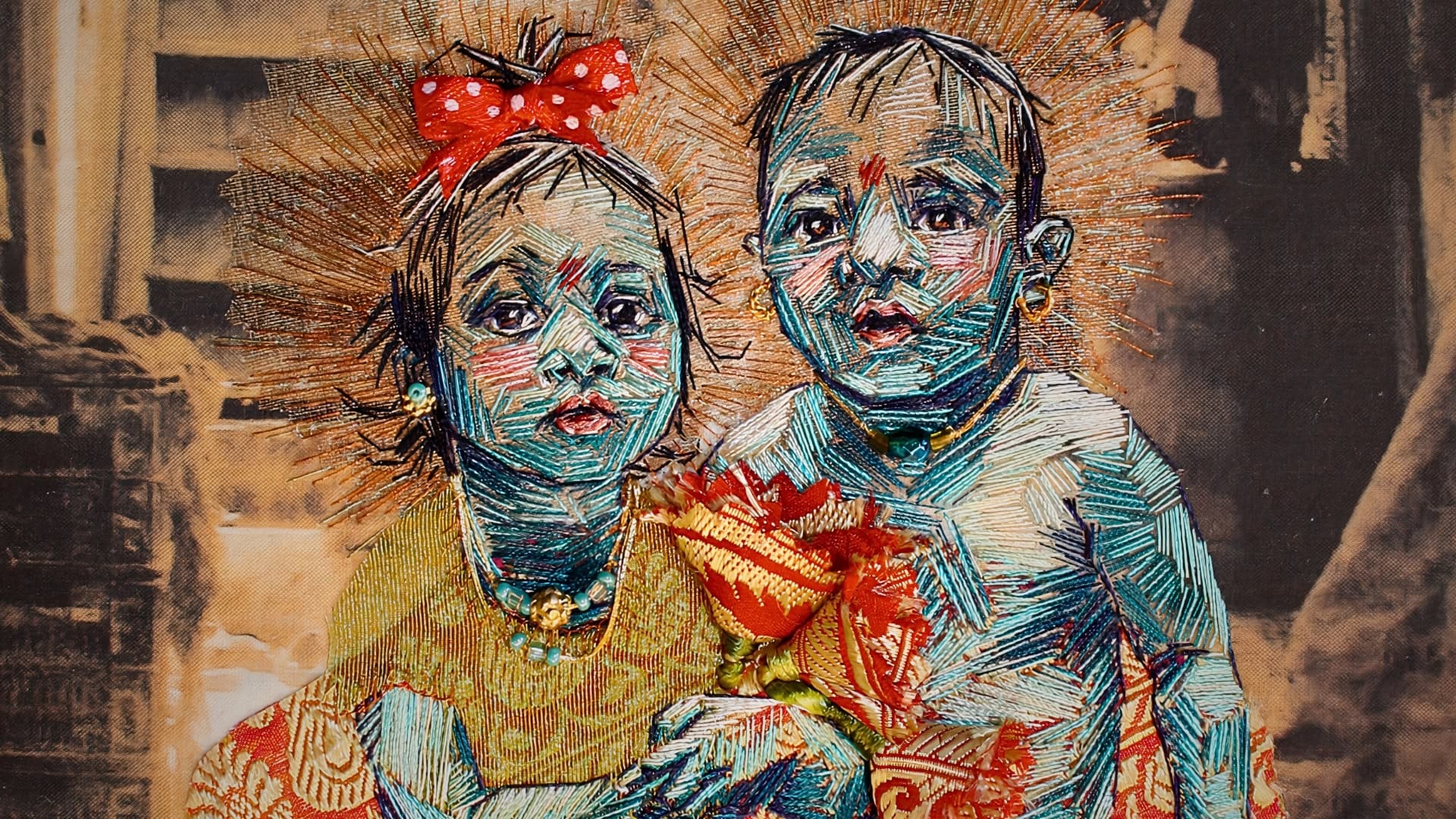
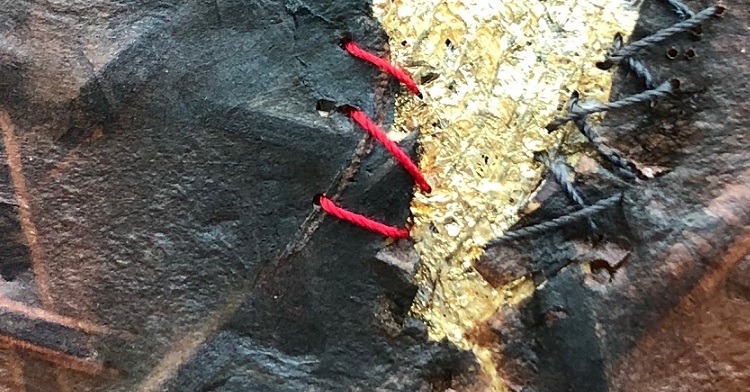
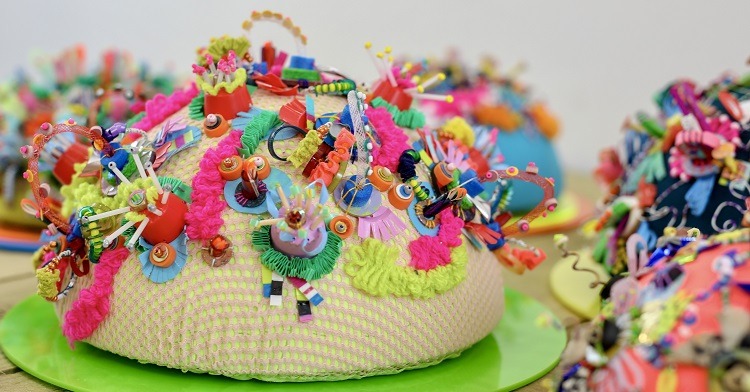
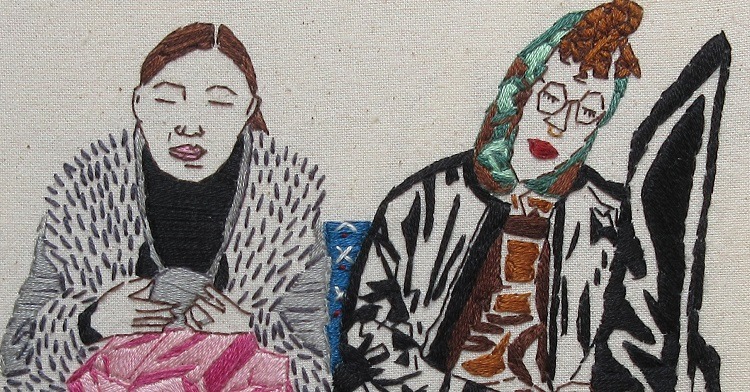
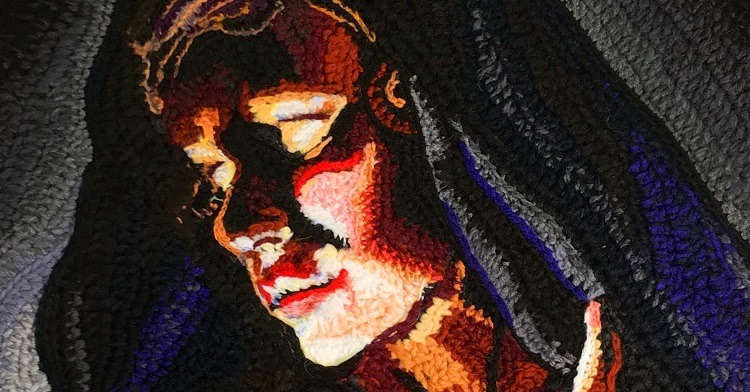
Comments